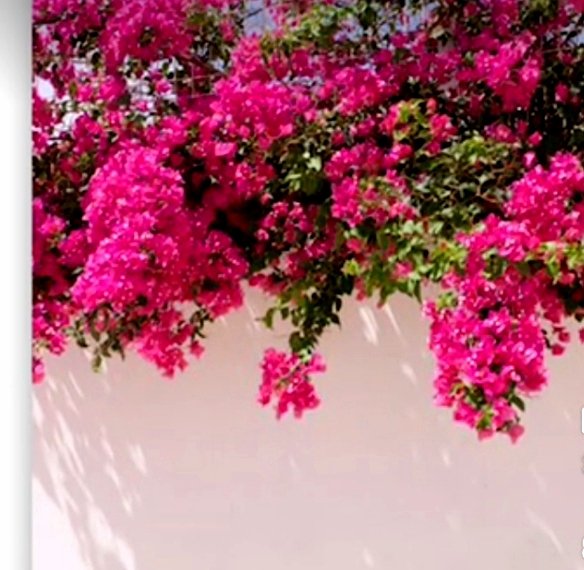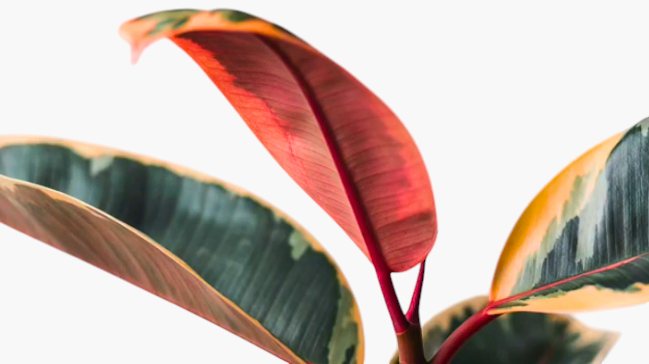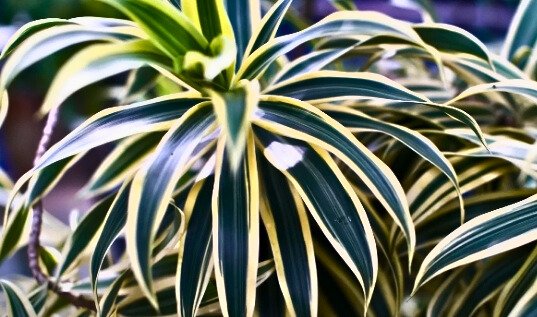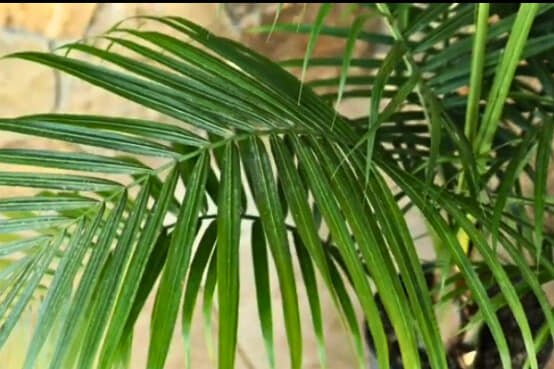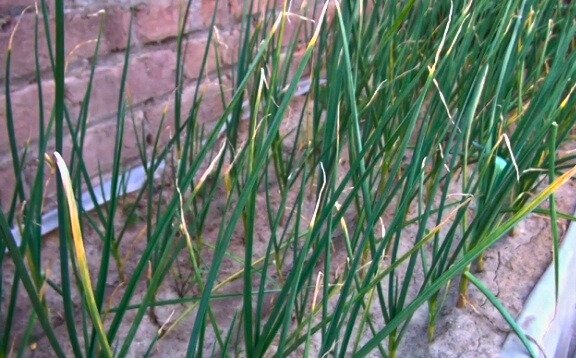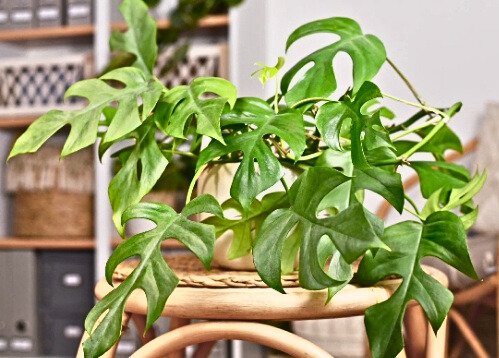Best soil for indoor plants
In this article, you will get to know the best soil for indoor plants, and what should be included in soil for the better growth of your lovely indoors.
Interior plants as have been seen one way or another have over the years assumed prestige, it is glamorous to have a plant in one’s house. Indeed, they go to the extent of acting as agents that help in purifying our atmosphere; but again they help in developing life as well as making our environment colorful. However, to maximize these plants some attention should be given to them and some conditions which include the kind of best soil for indoor plants required for the indoor plant.
It is useful to select best soil for indoor plants, when you are growing indoor plants, as they contain all the aforementioned characteristics. The type of best soil that can be used for plants to be grown at home is normally thatch, as enables good drainage of water, and the necessary nutrient for the growth and development of plants, as well as appropriate aeration.
Concerning this article, it should be useful to dwell on the optimal proportion of the components of the soil and some kinds of terrestrial substratum for ornamental indoor plants.
Roots care for indoor plants
First of all, the setting should be combined with a well-draining one.; First of all, it should be possible to speak about the well-drained soil. This is very useful when one wants to eradicate water on the plants which if forms roots, causes root rot which is very dangerous for indoor plants. This is because soil that will hold water for several days will suffocate the roof and the plant parts start rotting and the plant dies, so the best soil for indoor plants will help your plants grow well.
Color of the land should be back
Therefore, if so the water in the root environment will be expelled so that the roots are not working in water but not waterlogged up which is necessary for root transport of oxygen. Secondly, the color of the land should be black and the content of the land should be good It should also be noted that interior plants are like outside plants they also need basic food ingredients to survive.
Edifying our atmosphere; but at the same time, they contribute towards making life and adding color to our environment. But to maximize these plants, it is important to provide them with some attention and conditions, most importantly the appropriate best soil for indoor plants grown them well.
Water drainage
When you are growing indoor plants, it is therefore helpful to select best soil for indoor plants that possess all these characteristics. The best type of soil for plants to be grown in a home environment is normally thatch allows good draining of water, and requires the important nutrients for the plants’ growth and development as well as the right aeration for the plants.
As for this article, it would be worthwhile to focus on the ideal ratio of the components of the soil and some types of terrestrial substratum for indoor plants.
First of all, the setting requires a well-draining one.; First and foremost the soil should be well–drained. This is very useful when one wants to prevent the formation of water on the plants which leads to root rot a vice which is very disastrous to indoor plants.
Fast draining soil removes water
This is because best soil for indoor plants that will hold water for several days will deprive the roof of oxygen and the plant parts start decaying and the plant dies. Hence, a fast-draining soil will remove water from the root environments so that the roots do not have to work in water but do not become waterlogged up which roots require for transporting oxygen.
Best soil provides essential nutrients
Secondly, the color of the land should be black and the soil content of the land should be good It should also be pointed out that the interior plants are like the outside plants also require basic nutrients to survive. This includes Nitrogen, phosphorus and potassium among them Others include calcium, sulfur, magnesium, iron, manganese, and boron.
Importantly, in the best soil for indoor plants, the nutrients can often be in forms that the plants should in any case be able to use to meet their requirements for the nutrients.
Further soil fertility combines with the management of deficiency of essential nutrients since it involves minimal interest as it is comprised of minor application of fertilizer which is inconveniencing to the indoor farmers.
Other feature of the best soil
The other feature of the best type of soil for indoor plants is the garden should be able to be well aerated. Soil aeration is very important because plants will grow and thereby take up most spaces therefore limiting the ability of oxygen to reach its roots in situations where the plant grows to the extent that only tips are visible. For freshly aerated soil, one may describe the soil as light as it compares loose crumbled soil with the need to get air and water to reach the portion of the plants’ roots that require them.
Apart from the above general properties, other types of soil are provided for indoor plants only. These include:
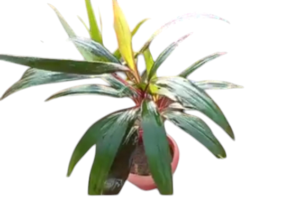
1. Potting mix: Soil can at best be referred to as potting mix, this is the type of soil that is used for plants in a pot. It is lightweight has good water absorption and drainage properties and supports many nutrients to accommodate most indoor plants. This is so because potting mix is also light, and particle, a factor that makes it provide ample root aeration.
2. Coco coir: The coco coir is derived from the husk of the coconut shells and has in the process become one of the most popular growing mediums for those gardeners wishing to grow their indoors plants.It is advantageous for being used in potting mix because it has low bulk density, high pore space, and has water retaining capacity to be used as a potting mix not as, a potting soil. Coco coir is also nutrient-filled having only slightly acidic pH, which makes it suitable for use on most kinds of indoor plants.
3. Vermiculite: Vermiculite is therefore a natural mineral used to enhance the aeration and water-holding capacity of other types of soil. The Buffalo Micro Pearl does not hold nutrients and its density and porosity are low and it can be incorporated with potting mix or coco coir.
4. Perlite: Of is the most frequently used the kinds of contained teaching aid Another type of soil change is perlite which is derived from volcanic rock-like material that is also light bulk, low and highly permeable for the medium improves the aeration and moist status in the soils of indoor plants. Like most mulches, perlite is also inactive means it cannot change either the pH or nutrients of the soil.
5. Peat moss: Peat is one of the basic ingredients in this growing mix, and is obtained from the sphagnum mosses which grow in bog land. It is also acidic, and less in density, thus; fulfills the aim of this project by holding the moisture. Of course, the same can prove to be a disadvantage because the soil is compact and therefore somewhat difficult to determine when it should be practiced, the practice of aeration.
Results when you use best soil for indoor plants
As a result, it will be desirable to select the soils as those, which be well-drained, contain nutrients and are aeronomic to the indoor plant. They did a great job on this one and it goes straight to the point on one of the biggest issues on taking care of plants, that is identifying good soil for the indoor plant species.
Currently, soiler meant for indoor plant usage has varying types which are the potting mix, coco coir, vermiculite, perlite and peat moss. Well, it is rather sad to see such luxuriant colorful interior plants die while you are watching and this should not be so because you do have the option of determining what your plants need and in this case, what they need is the right type of soil.

